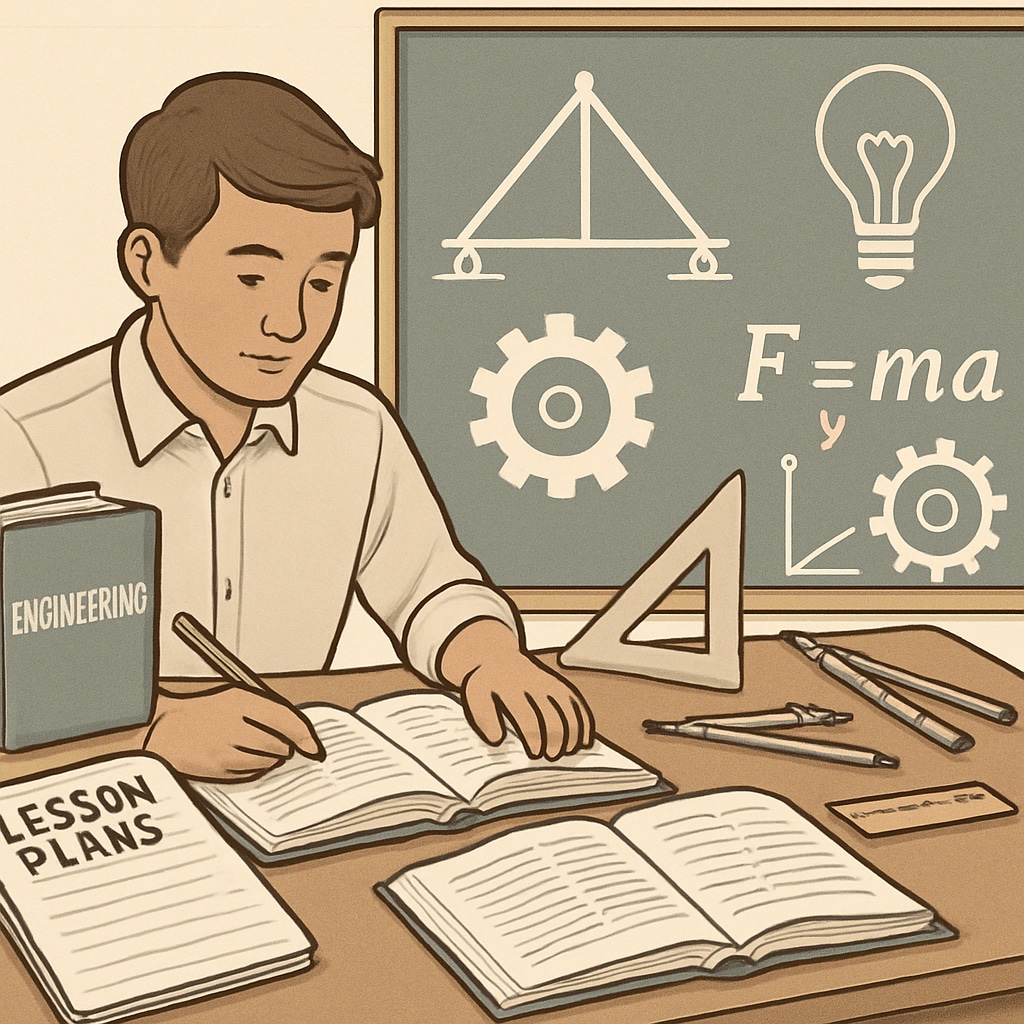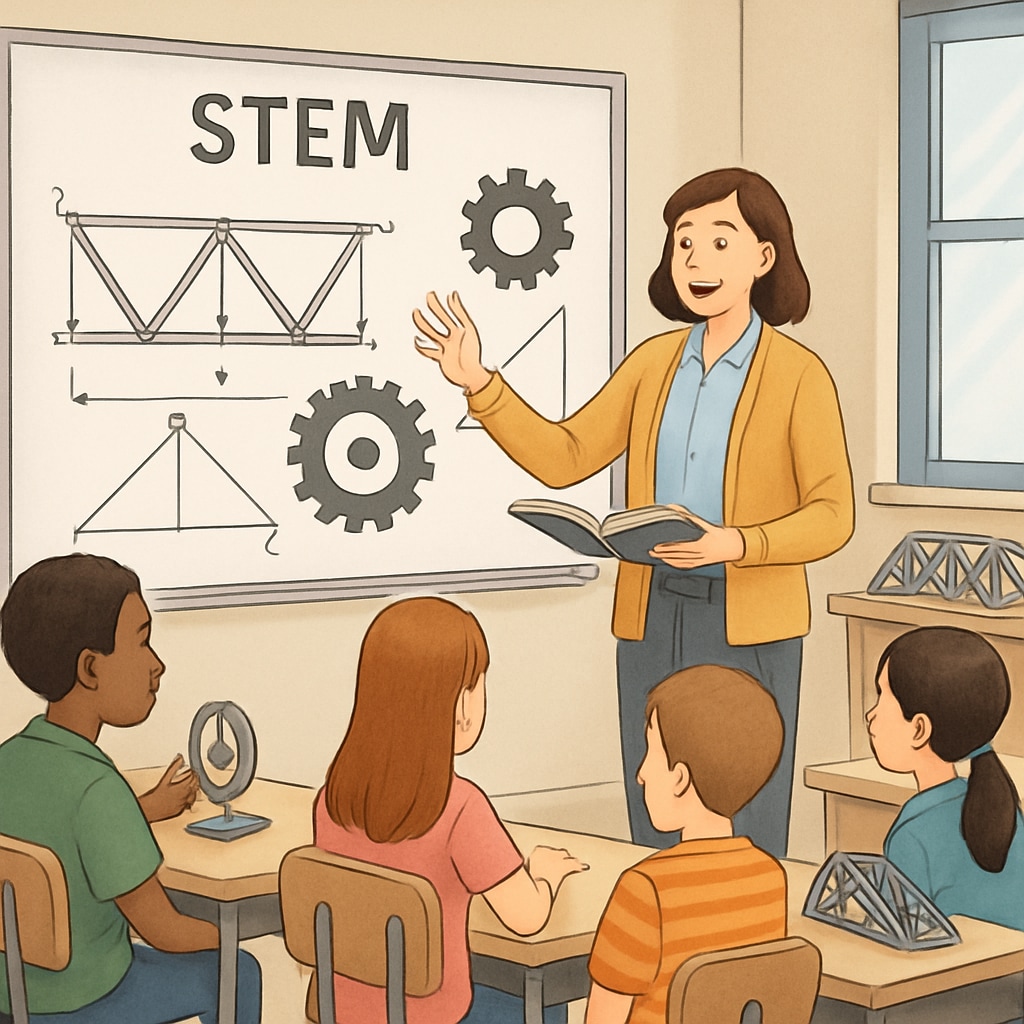Pursuing dual degrees in education and engineering is an ambitious yet increasingly feasible academic path. These two distinct fields often complement one another, offering students opportunities to merge technical expertise with educational leadership. For those passionate about both teaching and engineering innovation, this combination can unlock unique career paths and foster cross-disciplinary skillsets. But how realistic is this pursuit, and what career prospects await those who achieve it? This article delves into feasible academic pathways, challenges, and the professional rewards of earning dual degrees in education and engineering.
Understanding the Feasibility of Dual Degrees
Achieving dual degrees in education and engineering requires careful planning and dedication. Many universities offer structured dual-degree programs that allow students to complete two degrees concurrently, often within five to six years. Alternatively, students may pursue a major in one field and a minor in the other, enabling them to balance their academic load while gaining expertise in both areas. In addition, online degree programs have increased accessibility, offering flexible schedules that accommodate dual-degree aspirations.
Key considerations include managing time effectively, understanding credit requirements, and identifying overlap between the two curricula. For example, courses in instructional design may complement engineering subjects like systems analysis, bridging the gap between technical and educational content.

Benefits of Combining Education and Engineering
There are several advantages to pairing education and engineering degrees. Firstly, educators with engineering expertise can bring STEM (Science, Technology, Engineering, and Math) subjects to life in classrooms, making technical concepts more engaging and accessible for students. Secondly, engineering graduates with pedagogical knowledge are uniquely positioned to lead corporate training programs, develop technical curricula, or contribute to workforce development initiatives.
Moreover, interdisciplinary professionals often find themselves in high demand, as organizations increasingly value employees who can bridge technical knowledge with soft skills like communication and teaching. This combination can lead to roles such as instructional designers, STEM program coordinators, or technical consultants.
Challenges to Consider
While the benefits are clear, pursuing dual degrees in education and engineering is not without its challenges. One significant hurdle is the intense workload associated with mastering two distinct disciplines. Balancing technical labs, engineering projects, and educational internships can be overwhelming, requiring strong time management skills and resilience.
Another challenge is the potential for limited networking opportunities within each field. Students splitting their focus between education and engineering may struggle to build robust professional connections in either area. However, proactive engagement in interdisciplinary events or organizations can mitigate this issue.

Career Prospects for Cross-Disciplinary Professionals
Graduates with dual degrees in education and engineering unlock unique career opportunities. Roles in STEM education, corporate training, and curriculum design are particularly suited to their skillsets. For example, they might develop interactive teaching methods for engineering students or create training programs for employees in technical industries.
Additionally, these professionals can pursue careers in educational technology, leveraging their technical knowledge to design software tools that enhance learning experiences. Entrepreneurship is another viable path; some graduates establish companies focused on bridging gaps between education and engineering through innovative solutions.
As a result, dual-degree holders often find themselves at the forefront of innovation, shaping the future of both fields.
Readability guidance: Use short paragraphs for clarity and include lists where relevant. Ensure content flows logically with transitional phrases such as “for example,” “in addition,” and “as a result.” Maintain a balance between technical and educational perspectives to appeal to a broad audience.


